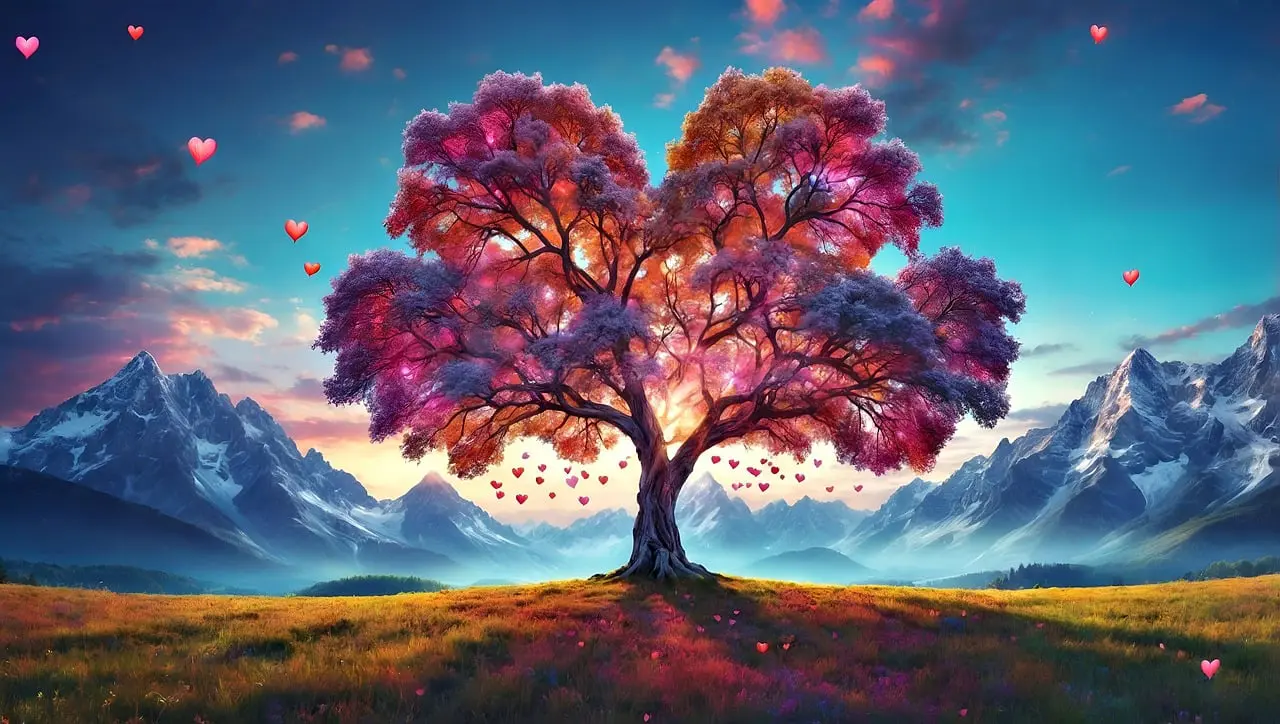Understanding the Spiritual Significance of Colors

Looking for more amazing products? Check out our online store and explore our collection here! Happy shopping!
Before diving in, please note: This post is for informational purposes only. If you’d like to know more about how we approach topics, feel free to check out our friendly Disclaimer Page.
Hey there, amazing readers! 
We’re committed to delivering quality posts, and your support (even just sticking around despite the ads) means everything to us. So, bear with us, and thanks for helping us keep the good vibes rolling. Now, on to the fun stuff!
TRANSLATE BUTTON AT THE END OF THE ARTICLE
Introduction
Colors have always held a special significance in human history.
Beyond their visual appeal, they have been used to convey emotions, represent ideas, and even connect us to the divine.
In many cultures, colors are seen as having a spiritual dimension, influencing our moods, energies, and even our spiritual journeys.
This article delves into the fascinating world of the spiritual significance of colors.
We will explore the meanings and associations of different colors across various cultures and spiritual traditions.
Additionally, we will discuss the ways in which colors can be used to enhance our spiritual practice and deepen our understanding of ourselves and the world around us.
Exploring the Spiritual Meanings of Colors
Red
Red is a powerful and vibrant color often associated with passion, love, desire, anger, and strength.
It is the color of blood, fire, and the sun, representing life, energy, and action.
In many spiritual traditions, red symbolizes the root chakra, which is associated with our sense of grounding, security, and survival.
In Hinduism, red is the color of the goddess Durga, who represents power, protection, and destruction.
In Christianity, it is associated with the blood of Jesus Christ and the sacrifice he made for humanity.
In Buddhism, red is the color of passion and desire, which can lead to suffering if not controlled.
Orange
Orange is a warm and inviting color that embodies joy, enthusiasm, creativity, and vitality.
It is the color of the setting sun, autumn leaves, and fire, signifying warmth, optimism, and change.
In many spiritual traditions, orange symbolizes the sacral chakra, which is associated with our emotions, sexuality, and creativity.
In Hinduism, orange is the color of the goddess Lakshmi, who represents wealth, prosperity, and abundance.
In Buddhism, it is associated with the path of liberation and enlightenment.
Yellow
Yellow is a bright and uplifting color that radiates happiness, optimism, hope, and clarity.
It is the color of the sun, gold, and dandelions, symbolizing warmth, intellect, and enlightenment.
In many spiritual traditions, yellow symbolizes the solar plexus chakra, which is associated with our personal power, willpower, and confidence.
In Hinduism, yellow is the color of the god Vishnu, who represents preservation and order.
In Buddhism, it is associated with the Buddha himself and the wisdom he attained.
Green
Green is a calming and refreshing color that evokes balance, harmony, growth, and new beginnings.
It is the color of nature, plants, and the earth, symbolizing fertility, abundance, and healing.
In many spiritual traditions, green symbolizes the heart chakra, which is associated with love, compassion, and empathy.
In Hinduism, green is the color of the god Krishna, who represents love, devotion, and playfulness.
In Buddhism, it is associated with the path of compassion and the interconnectedness of all things.
Blue
Blue is a serene and tranquil color that signifies peace, tranquility, truth, and wisdom.
It is the color of the sky, the ocean, and deep water, symbolizing trust, serenity, and spirituality.
In many spiritual traditions, blue symbolizes the throat chakra, which is associated with communication, self-expression, and creativity.
In Hinduism, blue is the color of the god Shiva, who represents destruction, transformation, and regeneration.
In Buddhism, it is associated with the Buddha’s teachings and the path to enlightenment.
Purple
Purple is a regal and mysterious color that embodies royalty, power, luxury, and spirituality.
It is the color of amethyst, royalty, and the twilight sky, signifying wisdom, imagination, and intuition.
In many spiritual traditions, purple symbolizes the third eye chakra, which is associated with our intuition, psychic abilities, and connection to the divine.
In Hinduism, purple is the color of the goddess Saraswati, who represents knowledge, music, and the arts.
In Buddhism, it is associated with the highest levels of spiritual attainment.
Black
Black is a deep and enigmatic color that represents power, mystery, death, and rebirth.
It is the color of the night sky, the earth, and the void, symbolizing potential, transformation, and the unknown.
In many spiritual traditions, black symbolizes the root chakra and the earth element.
In Hinduism, black is the color of the goddess Kali, who represents destruction and transformation.
In Buddhism, it is associated with the concept of emptiness and the interconnectedness of all things.
White
White is a pure and innocent color that symbolizes purity, innocence, new beginnings, and peace.
It is the color of light, snow, and clouds, signifying goodness, cleanliness, and perfection.
In many spiritual traditions, white symbolizes the crown chakra, which is associated with enlightenment, spiritual connection, and unity.
In Hinduism, white is the color of the god Brahma, who represents creation and the universe.
In Buddhism, it is associated with the state of Nirvana and the ultimate liberation from suffering.
Using Colors to Enhance Your Spiritual Practice
Once you understand the spiritual meanings of colors, you can use them to enhance your spiritual practice in several ways:
Wear colors that resonate with your intentions: If you are seeking more peace and tranquility in your life, you can wear blue or green clothing.
If you need a boost of energy and creativity, you can wear orange or yellow.
Meditate with colors: Visualize yourself surrounded by a specific color that corresponds to your desired outcome.
For example, you could visualize yourself being enveloped in white light to feel cleansed and purified.
Decorate your sacred space with colors: Choose colors that create a calming and inviting atmosphere in your meditation room or altar.
Use colored candles: Candles come in a variety of colors, each with its own unique meaning.
You can use candles to set intentions, create a specific mood, or simply add a touch of beauty to your spiritual practice.
Create art with colors: Express your emotions and spiritual insights through painting, drawing, or any other form of art that uses colors.
Conclusion
The spiritual significance of colors offers a powerful tool for self-understanding and spiritual growth.
By understanding the meanings and associations of different colors, we can use them to enhance our spiritual practice, connect with our inner selves, and deepen our connection to the divine.

The Enlightenment Journey is a remarkable collection of writings authored by a distinguished group of experts in the fields of spirituality, new age, and esoteric knowledge.
This anthology features a diverse assembly of well-experienced authors who bring their profound insights and credible perspectives to the forefront.
Each contributor possesses a wealth of knowledge and wisdom, making them authorities in their respective domains.
Together, they offer readers a transformative journey into the realms of spiritual growth, self-discovery, and esoteric enlightenment.
The Enlightenment Journey is a testament to the collective expertise of these luminaries, providing readers with a rich tapestry of ideas and information to illuminate their spiritual path.
Our Diverse Expertise
While our primary focus is on spirituality and esotericism, we are equally passionate about exploring a wide range of other topics and niches 

To ensure we provide the most accurate and valuable insights, we collaborate with trusted experts in their respective domains 
Our blog originally focused on spirituality and metaphysics, but we’ve since expanded to cover a wide range of niches. Don’t worry—we continue to publish a lot of articles on spirituality! Frequently visit our blog to explore our diverse content and stay tuned for more insightful reads.
Hey there, amazing reader! 
Check out our store here and take a peek at some of our featured products below! Thanks for being awesome!













